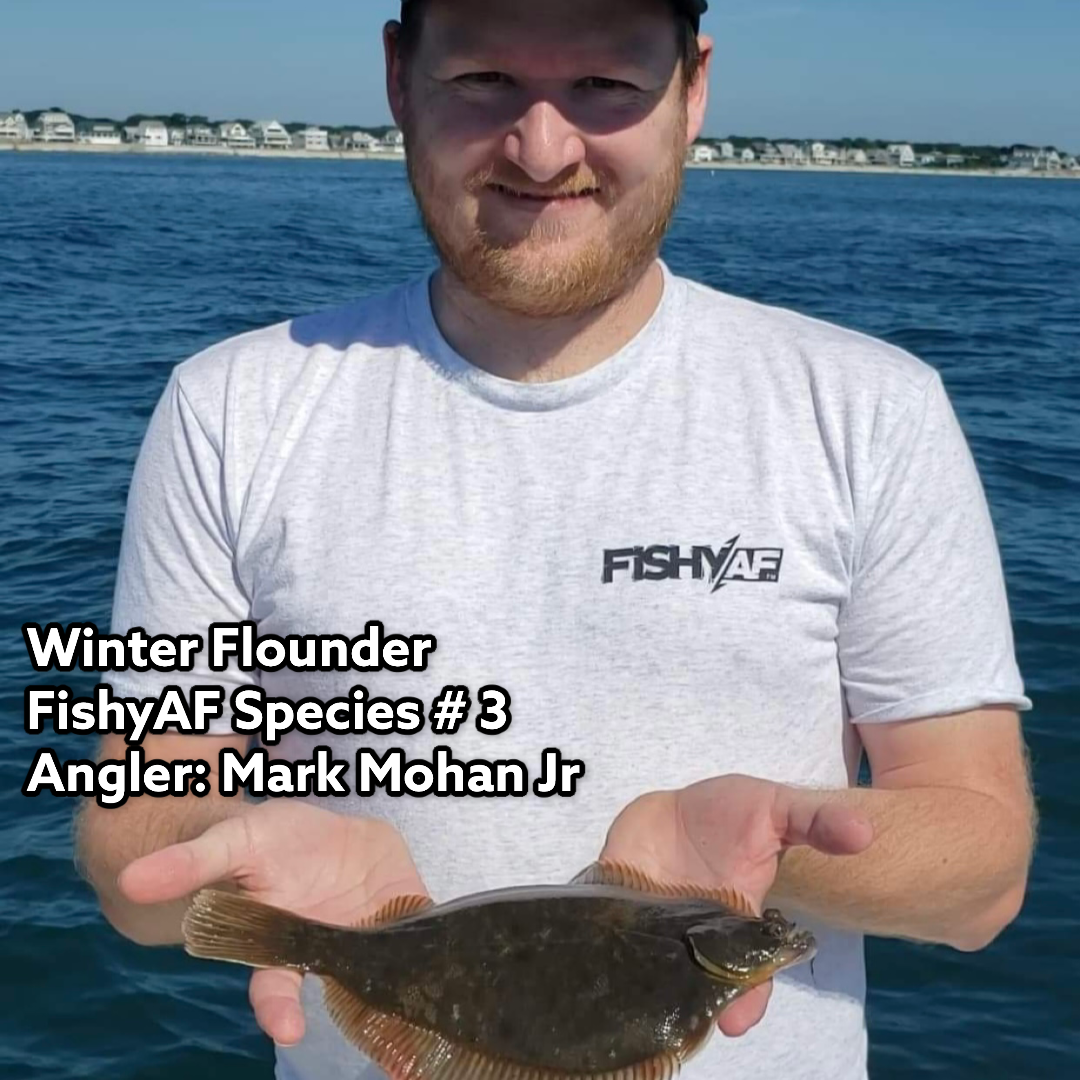
Winter flounder, also known as Pseudopleuronectes americanus, are a type of flatfish found in the Atlantic Ocean, from the Gulf of Maine to the Carolinas. They are characterized by their oval-shaped bodies, which are a mottled brown color on the upper side and white on the underside. Winter flounder have both eyes on the same side of their head, which allows them to lie on the seafloor and blend in with their surroundings.
Winter flounder are typically found in shallow, coastal waters, where they feed on small fish and invertebrates. They are bottom-dwelling fish and are often found in areas with sandy or muddy bottoms. The average length and weight of a winter flounder can vary depending on their location and age, but they typically grow to be about 12 inches long and weigh around 1 pound.
Fishing for winter flounder typically involves using a variety of techniques, including bottom fishing, jigging, and casting. Bottom fishing is a popular technique, as it allows anglers to target the flounder where they are most commonly found. Jigging and casting can also be effective, particularly when the fish are feeding near the surface.
Some of the best places to catch winter flounder include the Gulf of Maine, the coast of Massachusetts, and the Carolinas. These areas are known for their abundant populations of winter flounder and provide anglers with excellent opportunities to catch these tasty fish.
There are many delicious ways to cook winter flounder, but two popular options include frying and baking. To fry winter flounder, simply season the fish and coat it in flour, egg, and breadcrumbs. Fry in hot oil until the fish is golden brown and crispy, about 4-5 minutes per side. To bake winter flounder, season the fish and place it in a greased baking dish. Bake at 400 degrees Fahrenheit for about 10-15 minutes, or until the fish is cooked through.
The world record winter flounder was caught off the coast of Massachusetts in 1990 by angler Leonard Nickerson Jr. The fish weighed in at an impressive 6 pounds and 12 ounces, and was over 20 inches long. This record remains unbroken to this date.
For more information on winter flounder, visit the Wikipedia page: https://en.wikipedia.org/wiki/Winter_flounder.
